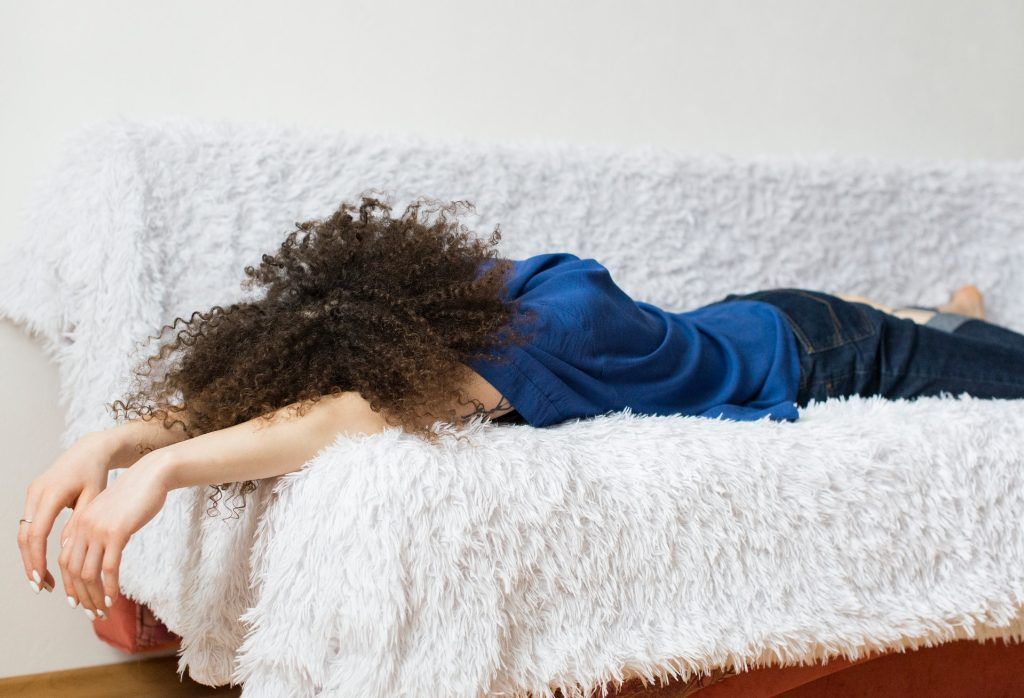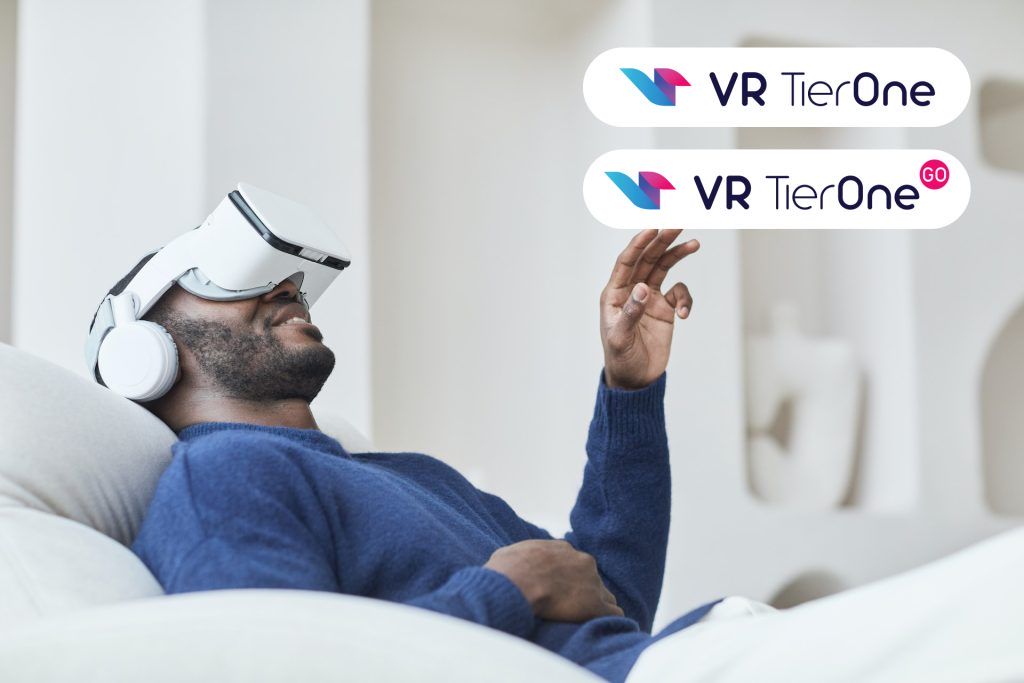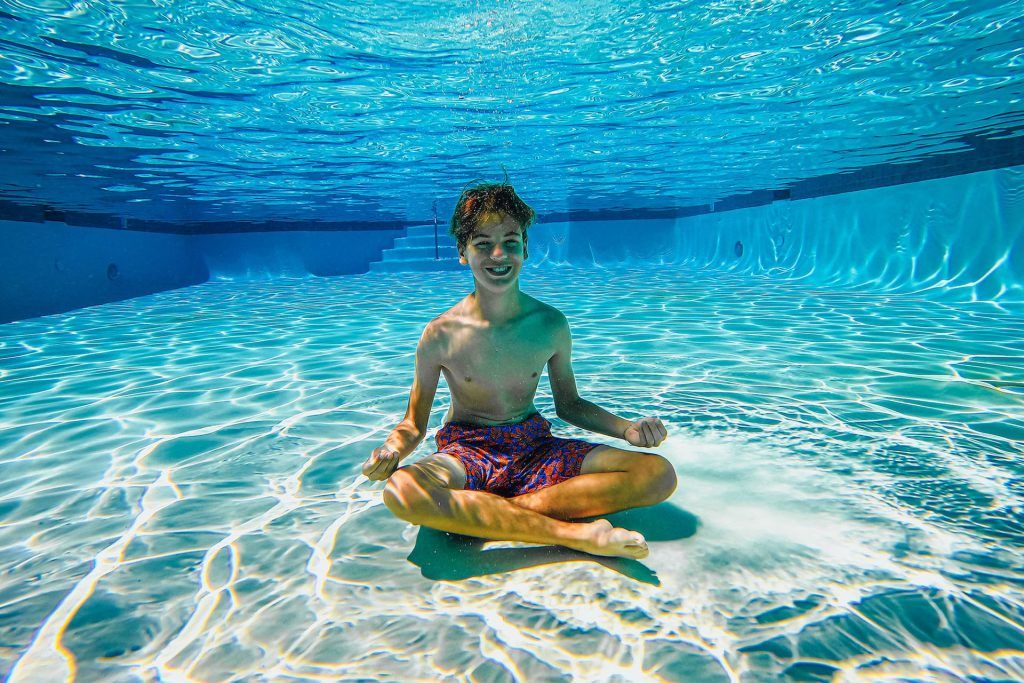The WHO data confirms that in 2019 people lived, on average, more than 6 years longer than in 2000. We are becoming long-lived but also suffering from dissabilities. This is so, because the incidence of age-related diseases is increasing. Stroke is the most common cause of disability in adults. While every stroke is different and the symptoms depend on the area of the brain affected, most patients require rehabilitation. This entails funding of long-term treatment, rehabilitation and care. Apart from the issue of the availability of rehabilitation, there is another, of no lesser importance – the patients’ lack of motivation to act for the benefit of their health.
Long-lived disabled
Advances in emergency medicine mean that more and more people survive to old age, despite being affected by serious diseases. They require diagnosis, treatment, rehabilitation and care. The costs of such comprehensive measures are substantial both for the state and for the patients’ families. That is why we should strive to make the best of the therapy, trying to make the patient as fit as only possible. The path to recovery after a stroke is a long and winding one. It takes many people to make a person fit again. The recovery involves entire stroke teams and families of the patients.
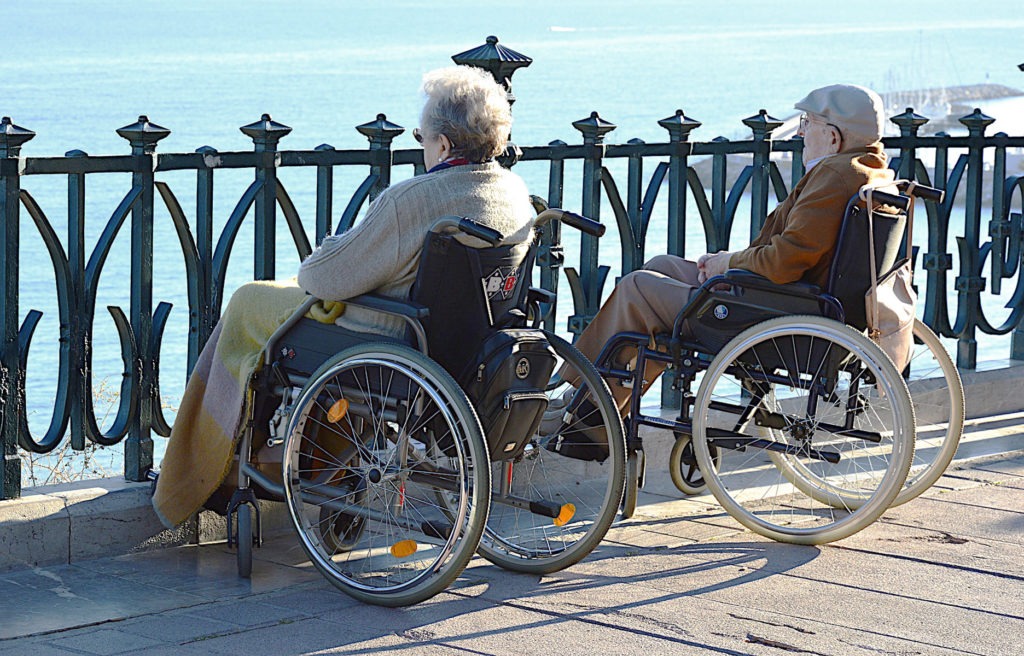
Time is of the essence
One must react swiftly to the first symptoms of a stroke. Once the patient is stabilized, he or she should not be allowed to remain immobilized for too long. Paresis of upper limbs is the most troublesome dysfunction following a stroke. Recovery in this area is crucial for regaining independence. The problem of lack of motivation in sick seniors may result from the lack of requirement to return to work and professional life. Patients often avoid using the disabled limb in performing tasks. Suddenly, the activities of daily living, that were previously performed easily and effortlessly, now require a lot of work and commitment. On the one hand there’s that simple activity, and on the other hand the inability to cope with irritation and lowered self-esteem. Repeating trivial movements under the supervision of a therapist is necessary and it brings results, as it consolidates the so-called motor memory. However, patients who perceive the rehabilitation as pointless will remain passive.In view of their physical and mental condition, it is difficult to expect it from them, and yet the patients must cooperate. Even when putting up a fight means playing high stakes, i.e. health and efficient functioning, it is still not easy to bring the patients’ causative power back to light. Time pressure makes the relatives participating in rehabilitation force the patient to exercise, which is a mistake.
Spiritus movens
Motivation regulates behaviour leading us to a specific goal. It awakens energy and activates the patients to act. One of the conditions for the emergence of motivation is the patients’ inner belief that recovery is possible. Post-stroke fatigue syndrome and the post-stroke depression forming part of the former are not making the rehabilitation easier either. This mental condition of the patients is the result of both brain damage and a reaction to an illness causing sudden disability. The presence of depressive conditions lowers the motivation for rehabilitation, which in turn worsens the mobility and perpetuates depression. To break the vicious circle of the mutual correlation of poor physical and mental condition we must include psychological care in the recovery process. As long as the patients are physically and mentally weakened, deprived of the will to act, it is extremely important to support them. The relatives must become the spiritus movens for patients’ rehabilitation. The support and wise motivation must come from the family, friends and therapists. At the time of their discharge from the stroke unit, more than half of the patients remain dependent on their environment. Therefore, caregivers should be armed with knowledge and learn the basic rules of dealing with the patients. The difficulty of caring for a disabled person makes the relatives strongly motivated to look for therapeutic solutions, as they become the initiators and the driving force behind the patients’ recovery. The VR TierOne medical device may be the solution sought for, in that it facilitates access to psychological therapy for stroke patients and at the same time improves upper limb functions.
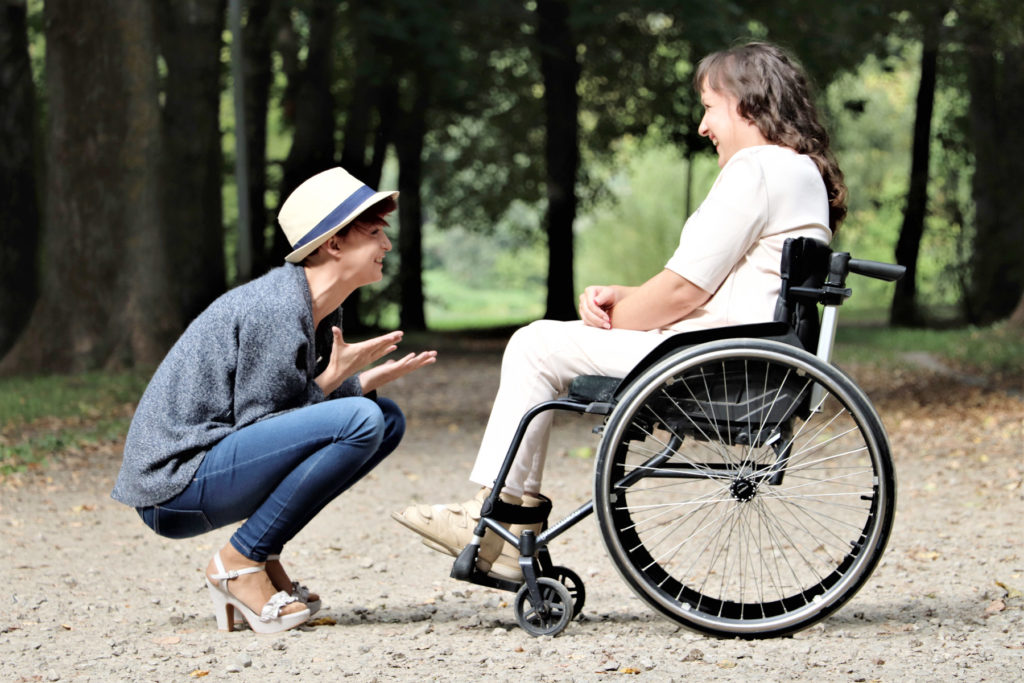
Good news
The good news that the patients’ rehabilitation is based upon is the scientifically proven neuroplastic potential of brain, which is independent from the age of patient and the time of onset of disease. It is neuroplasticity that makes recovery possible. However, the intensity and pace of changes in the brain is greatest only in the short period following the onset. Therefore, only timely therapy can guarantee satisfactory results. Through therapy, plastic changes in the brain can be accumulated, e.g. through repetitive movement. The processes of neuronal reorganization of the areas bordering the stroke-affected area produce the effects of early healing. What is crucial here is the moment the patient becomes aware of the improvement. At this time recovery becomes to be perceived as likely. However, the rehabilitation is not a process that is characterized by constant improvement. The plateau phase, the following progressions and regressions, influence emotional lability and motivational crises in this long-distance run for health.
VR solution
From the very beginning, rehabilitation of stroke patients is carried out in accordance with the principle that every patient is to be treated as if they were to fully regain their lost functions. It is why stimulation, and not compensation of patients’ deficits, is what is required in the first place. Research suggests that a physically and emotionally stimulating environment enhances the rehabilitation effect. Inclusion of VR solutions in post-stroke rehabilitation offers a promising option. A stimulating virtual environment works well as a complement to standard care. There are VR solutions on the market focusing on restoring patients’ mobility after a stroke.
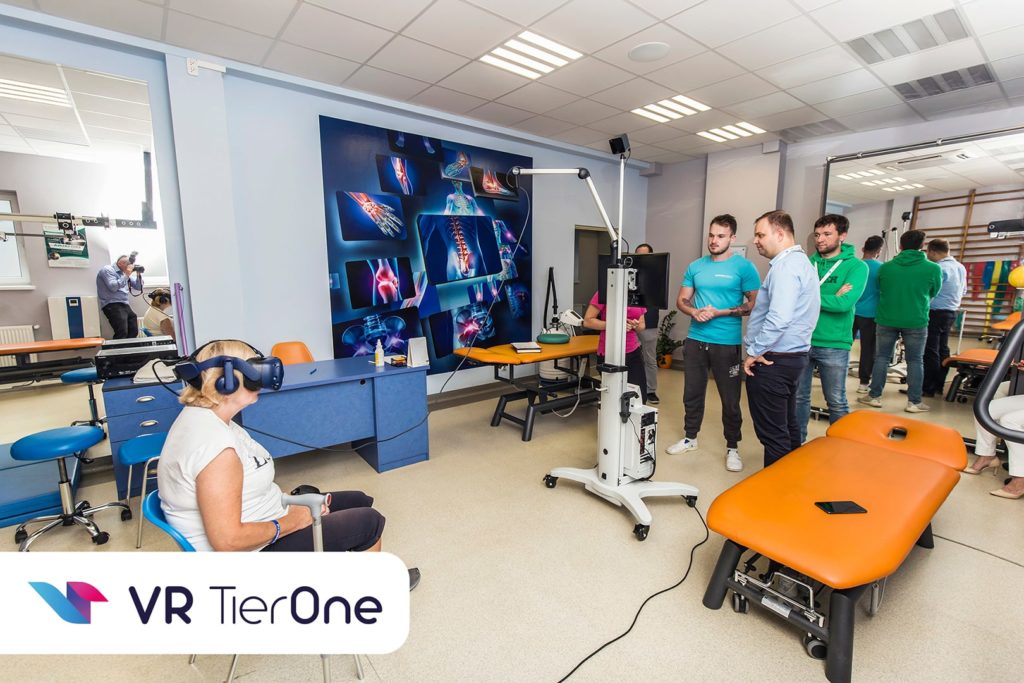
The proven link between the poor effectiveness of rehabilitation and the presence of depression focused the attention of VR TierOne creators on the psychological layer and the creation of such a therapy that would support the activation of the upper limbs and at the same time also the treatment of anxiety and depression, that inhibit the progress of rehabilitation. Patients with symptoms of depression and anxiety do not believe in the effectiveness of rehabilitation, achieve worse results, which further reinforces their conviction that the treatment is ineffective, lowering their motivation. Introducing the patients to a picturesque virtual world cuts them off from the stressful conditions of a hospital setting. VR TierOne therapy, based on the assumptions of Ericksonian psychotherapy, makes the patient’s causative power resurface through positive reinforcements. Involvement in therapy and performing tasks, the effects of which are noticeable and beautiful, improve the mood, motivate and encourage rehabilitation. The application of metaphors makes the patients perceive the analogy of pictures and words to their health condition. The lack of experience of failure causes them to be motivated. And their own effectiveness in therapy, represented by symbols, helps them stay motivated in the long run.




